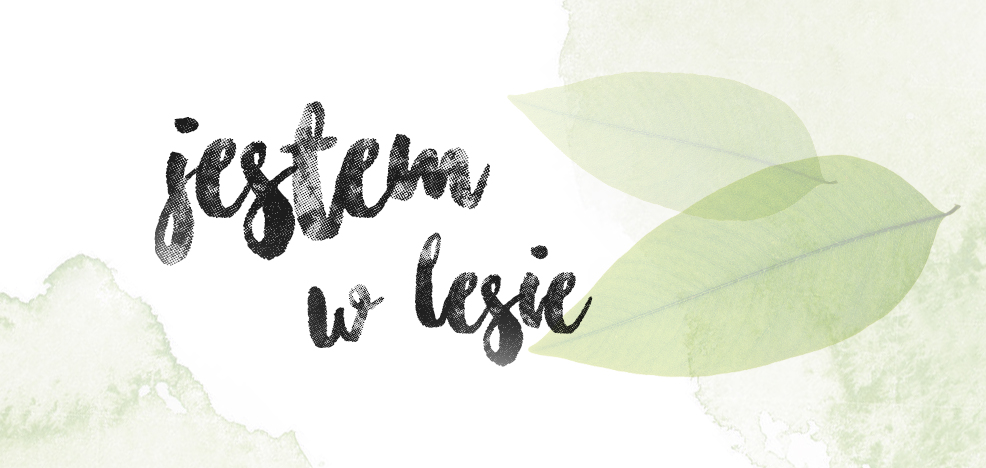The 8 limbs or branches of yoga are the fundamental practices for all people to achieve Self-Realization and higher states of consciousness. Yoga’s roots connect us to ourselves and to each other.
I have been practicing yoga for nearly 20 years. Mostly Asana, the physical practice, and the 3rd limb of yoga, is what attracted me to yoga in the first place. The physical practice kept my body limber and strong. It also provided powerful energy release for the fluctuations of my mind. In “Yoga: a gem for women”, the late Geeta S. Iyengar wrote about the 8 branches of yoga, saying that, “All the eight steps are interpenetrating and interdependent. They may appear to be different, but all lead to the same goal. As the rays of the sun are refracted to form the spectrum, so has Yoga been divided into eight components which are all interwoven.”

Below is a quick summary of the 8 limbs of yoga.
YAMA is social & moral discipline. This is the first limb on how you shine your inner light out into the world. Are you truthful, using your energy well, not stealing things or emotions? Yamas encourage us to be kind to one another.
NIYAMA is how you behave towards yourself. Niyamas are attitudes you take toward your own self-care and growth. Are you content with all that you have? Are you disciplined with the use of your energy?
ASANA is the physical practice of yoga postures. This 3rd limb is worldly popular and most people are familiar with this limb. In yoga asana you dive into your own inner world and become united with your body, mind, heart, breath and soul. See how these limbs start to interweave?
PRANAYAMA is your life force or breath control. Prana or energy is what keeps you alive. It is your awareness and control of breath that helps you flow effortlessly through this life. In this 4th limb, you will discover peace from the fluctuations of the mind by simply bringing awareness to your breath.
PRATYAHARA is drawing your senses of perception inward. Not shutting the world out, but allowing the senses to reduce external stimulation so they can become stronger and you can see yourself and others more clearly.
DHARANA is concentration on a single focal point. Whether it’s looking at a candle light or reading a book, this practice strengthens your attention to the task at hand so you can say no to distractions and complete your tasks without wavering your concentration.
DHYANA is meditation, the 7th limb of yoga. It’s letting go of the focus and absorbing yourself in the present moment. Dhyana is pure consciousness of being, leaving you in a conflictless and blissful state of freedom.
SAMADHI is union, the 8th limb of yoga that braids together all the other limbs. It is the final attainment of being and uniting us with the diving or universal energy.
As I incorporate the 8 limbs of yoga into my life’s journey I am reminded that there is a transformation that happens to this human body and mind, and that learning to let go of attachment to things and emotions is necessary because we can’t take those things with us when we finally leave this life.
To learn more about my yogic journey of letting go to find inner peace, please visit my blog, https://omminimal.com/ You can also follow me on Instagram, angiebyoga
Namaste
Angie Bynon



